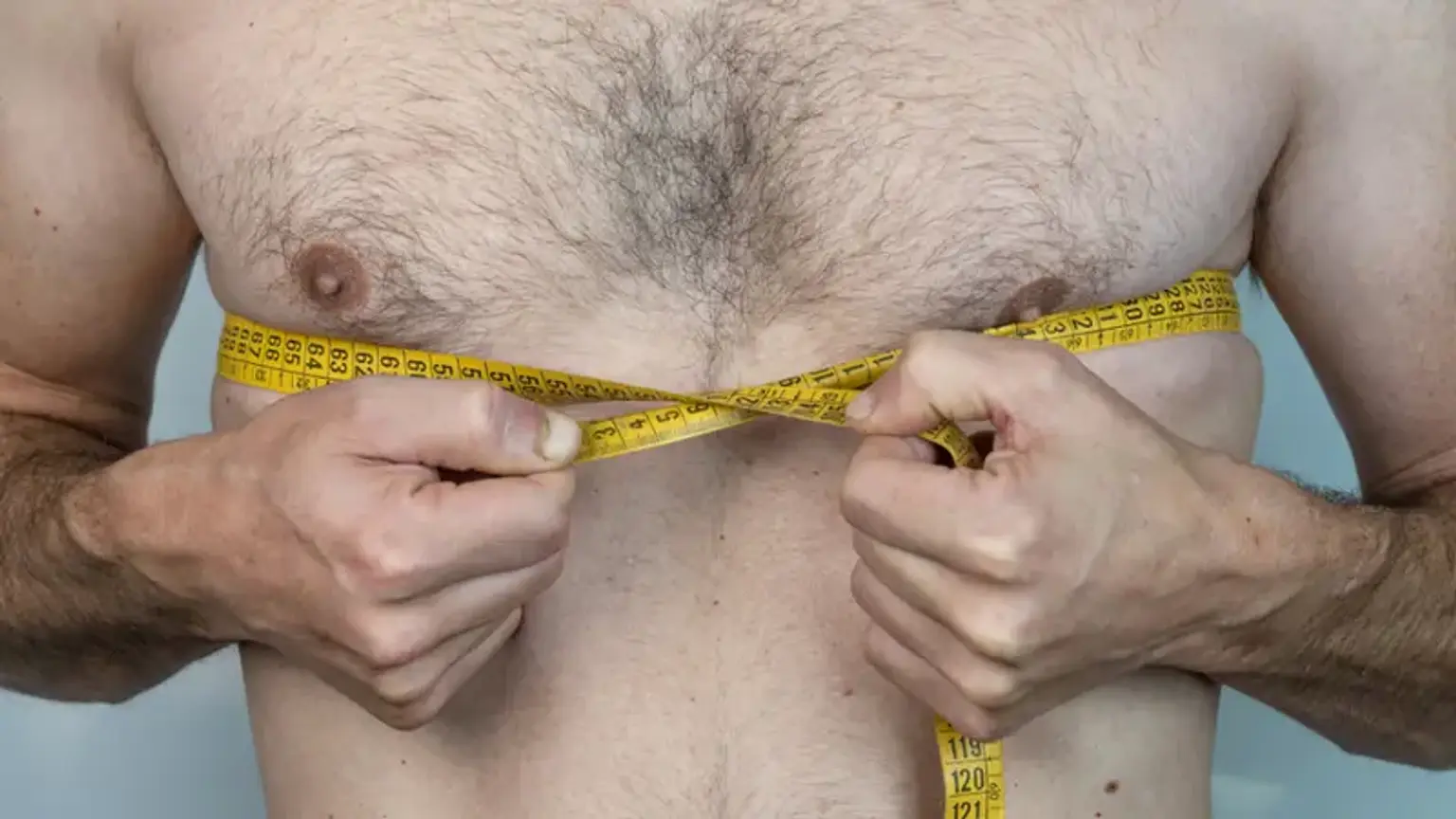Introduction
Thoracoplasty is a specialized surgical procedure aimed at reshaping or removing portions of the ribs to address deformities or reduce protrusions. It is commonly performed to treat conditions such as severe scoliosis, rib hump deformities, or thoracic wall abnormalities, and in some cases, it helps improve lung function by alleviating structural restrictions on the respiratory system. Due to its technical nature and the precision required, thoracoplasty demands the expertise of highly skilled surgeons. The cost of this procedure can vary widely, influenced by factors such as location, surgeon experience, and the complexity of the surgery.
Why Thoracoplasty Costs Vary by Country
The cost of thoracoplasty varies significantly across countries due to differences in healthcare systems and infrastructure. In regions with advanced medical facilities and cutting-edge technology, such as the United States and Western Europe, prices are often higher due to operational expenses and strict safety regulations. On the other hand, countries with lower operational costs and a growing reputation for medical tourism, like South Korea, India, and Thailand, offer more affordable options. Additionally, currency exchange rates play a significant role in making some destinations particularly attractive for international patients. These variations highlight the importance of researching global options to find a balance between affordability and quality care.
Understanding Thoracoplasty Costs
Breakdown of Thoracoplasty Costs
Thoracoplasty costs typically consist of several components. Surgeon fees, anesthesia costs, hospital stay charges, and post-operative care are the main factors contributing to the overall price. Additional expenses, such as diagnostic imaging, laboratory tests, and follow-up visits, may also be included. For more complex cases, where advanced techniques or longer hospital stays are required, the costs can escalate. Understanding these components helps patients make informed decisions when comparing prices globally.
Thoracoplasty Cost for Scoliosis Correction
